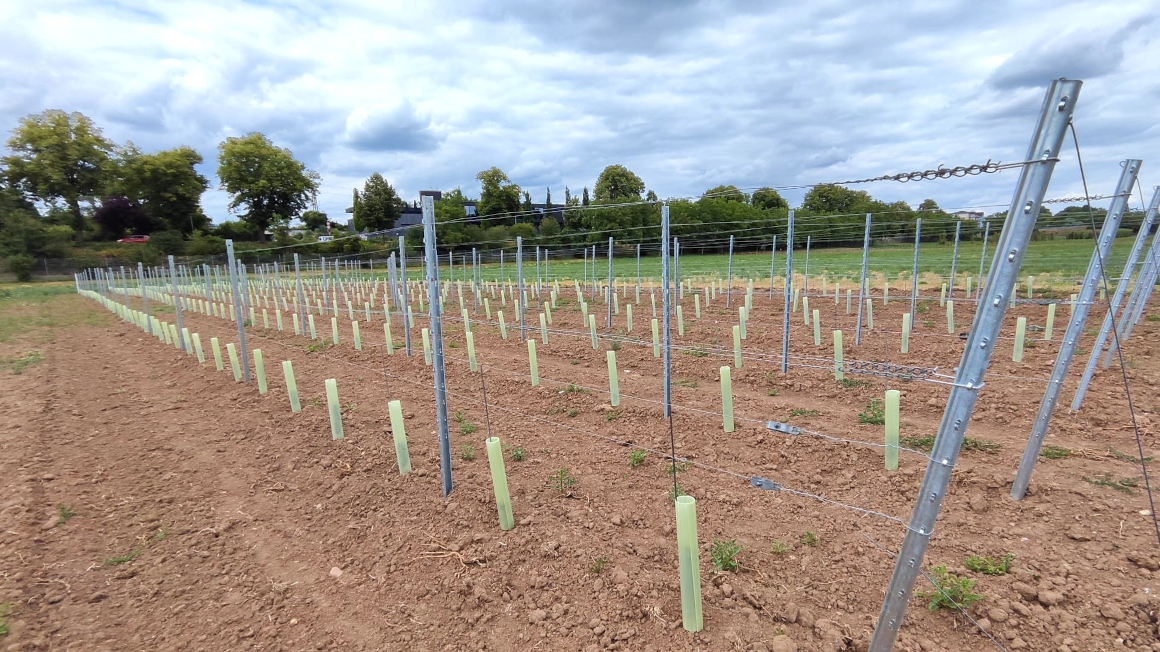New archaea species secures drinking water from Lake Constance
Environmental microbiologists show for the first time that ammonium-oxidizing microorganisms are also active in Lake Constance.

Archaea are among the oldest living organisms on earth. The single-celled organisms are undemanding and often live in extreme environments such as hot springs, salt lakes or the deep sea. Researchers have now also detected a globally distributed species that can convert ammonium in Europe's third largest inland lake, Lake Constance. This species of microorganism, called Candidatus Nitrosopumilus limneticus, dominates the microbial community in the depths of Lake Constance by up to 39%, helping to secure the drinking water supply for more than five million people in the region, the team writes in Nature Publishing Group's journal The ISME Journal. The study involved researchers from the Technical University of Braunschweig, the Leibniz Institute DSMZ-Deutsche Sammlung von Mikroorganismen und Zellkulturen GmbH, the Max Planck Institute for Marine Microbiology and the University of Konstanz.
New species of archaea involved in ammonium oxidation
Nutrient-poor lakes with large water bodies, such as Lake Constance, are home to a large number of archaea. Until now, it was assumed that these are involved in the conversion of ammonium to nitrate, which is converted into harmless nitrogen (N2) - a major component of air - in sediments and other low-oxygen habitats. However, the research team has now demonstrated for the first time that Candidatus Nitrosopumilus limneticus is indeed involved in ammonium oxidation and is active in Lake Constance.
Microbial nitrification crucial for ecosystem
The research team also showed how important ammonium-oxidizing microorganisms are for drinking water supplies and the ecosystem. For lakes to fulfill their ecosystem services, it is important that microbial nitrification is maintained. It prevents ammonium from accumulating and converts it to nitrate via nitrite. Although nitrification does not directly alter the amount of inorganic nitrogen (N) in freshwater ecosystems, according to the researchers, it provides a critical link between the mineralization of organic nitrogen or ammonium pollution and its eventual conversion to harmless nitrogen (N2) through anaerobic processes.
Archaea produce large amounts of biomass
In their study, the researchers showed that ammonium-oxidizing archaea in Lake Constance convert up to 1,760 tons of ammonium nitrogen per year. The carbon bound in their biomass corresponds to about twelve percent of the organic carbon formed annually by phytoplankton. Archaea are thus important players in maintaining the ecosystem. After all, Lake Constance - like most lakes - is equally important for drinking water supply, inland fishing and as a recreational area. An oversupply of nutrients, for example through the enrichment of ammonium by agricultural fertilizers, could cause the ecosystem to topple due to excessive algal growth, thus endangering the drinking water supply. However, it is still unclear how this new microorganism will react to global warming.
bb


